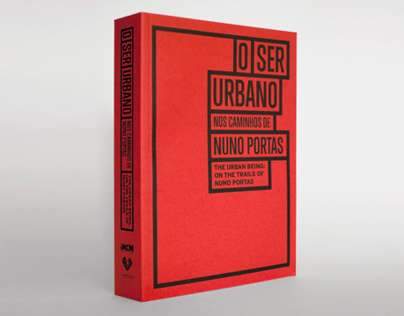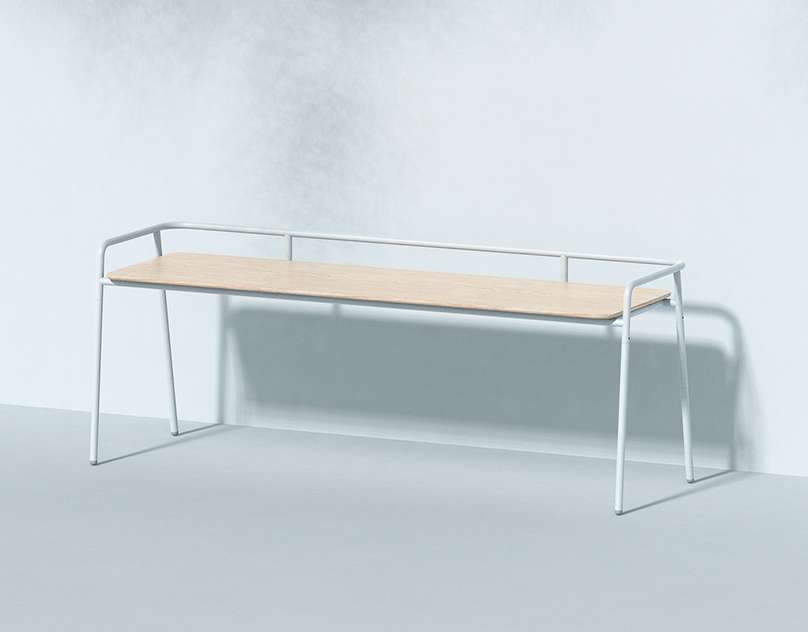















The best intentions however do not always lead to the best solutions. We discovered that what worked as a three dimensional graphic representation was failing to work when transported to print. A last minute decision meant we had just three weeks to change course and begin working on a book instead. One that we had no idea how many pages it would end up being. In the end it was 640.
In either case it was the intention that the publication conveyed a particular aesthetic which I would describe as a working document; an aesthetic which attempted to reflect qualities and characteristics of the man – clear but not crisp, organised but not ordered, complex but not complicated, diverse, sometimes unpredictable, and above all plural and with depth. And so decisions about visual form followed. A book that was small enough to sit comfortably in your hands – intimate but extensive. A paper stock that deterred preciousness in both its texture and weight. A mix of typefaces (seven in all) and sizes, and treatments, to reflect plurality and epochs and to avoid systemization. A diverse mix of layouts for similar purposes. In all a graphic vocabulary which attempts to reflect a particular type of social and political complexity. Finally, the launch of the book was delayed in order that photos of the exhibition could be included.





